Earth observation is a growing field of interest in various application areas, such as monitoring agricultural activity, detection of pollution and environmental crimes, management of urban area expansion, crisis management, including civil protection, or homeland security. However, the evaluation of the collected remotely needs exhausting human intervention up to now due to the rich and continuously augmenting content and various aspects of assessment. For this reason, necessity of automated recognition problems in remote sensing is raised by both national and international demands.
